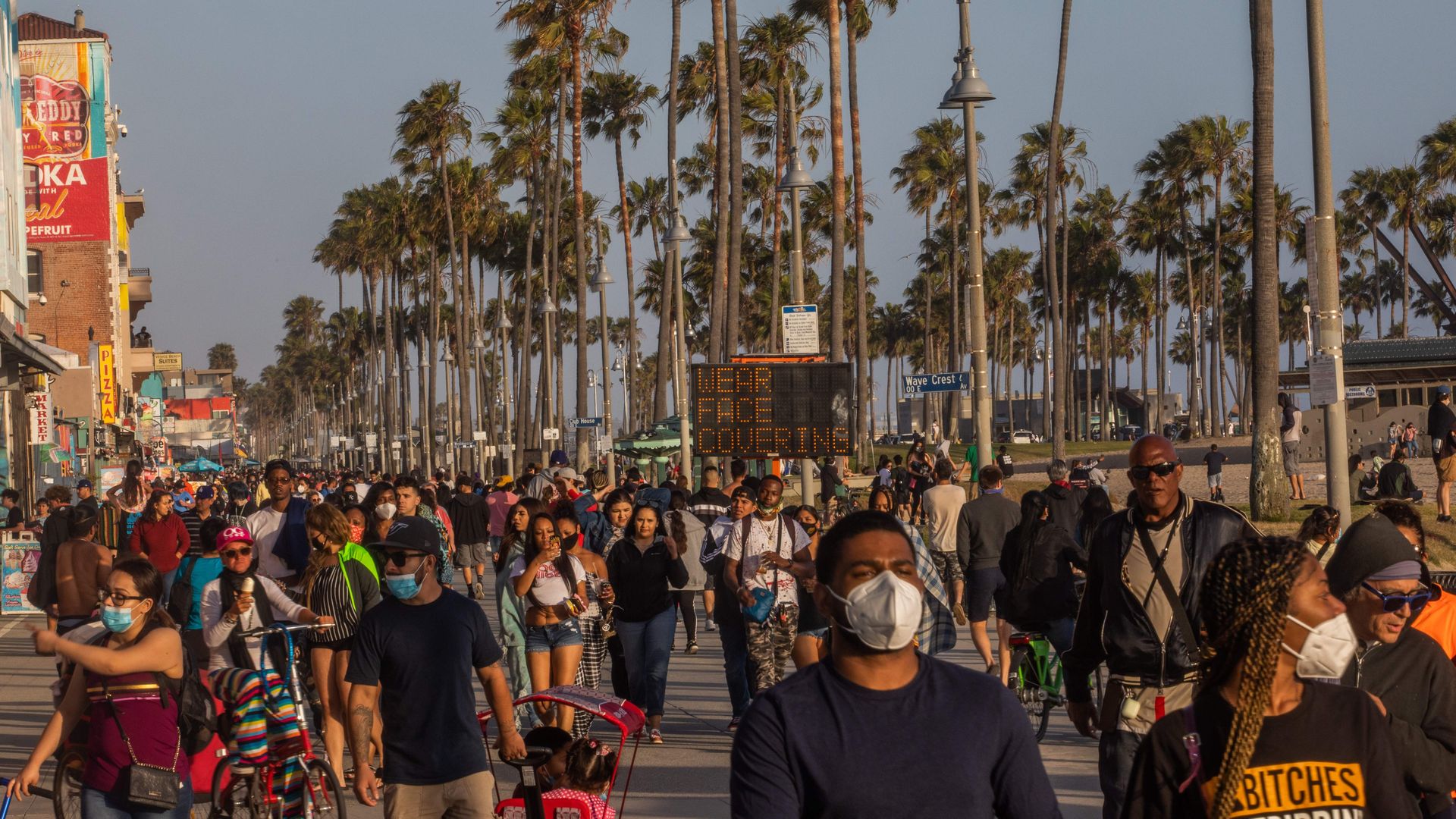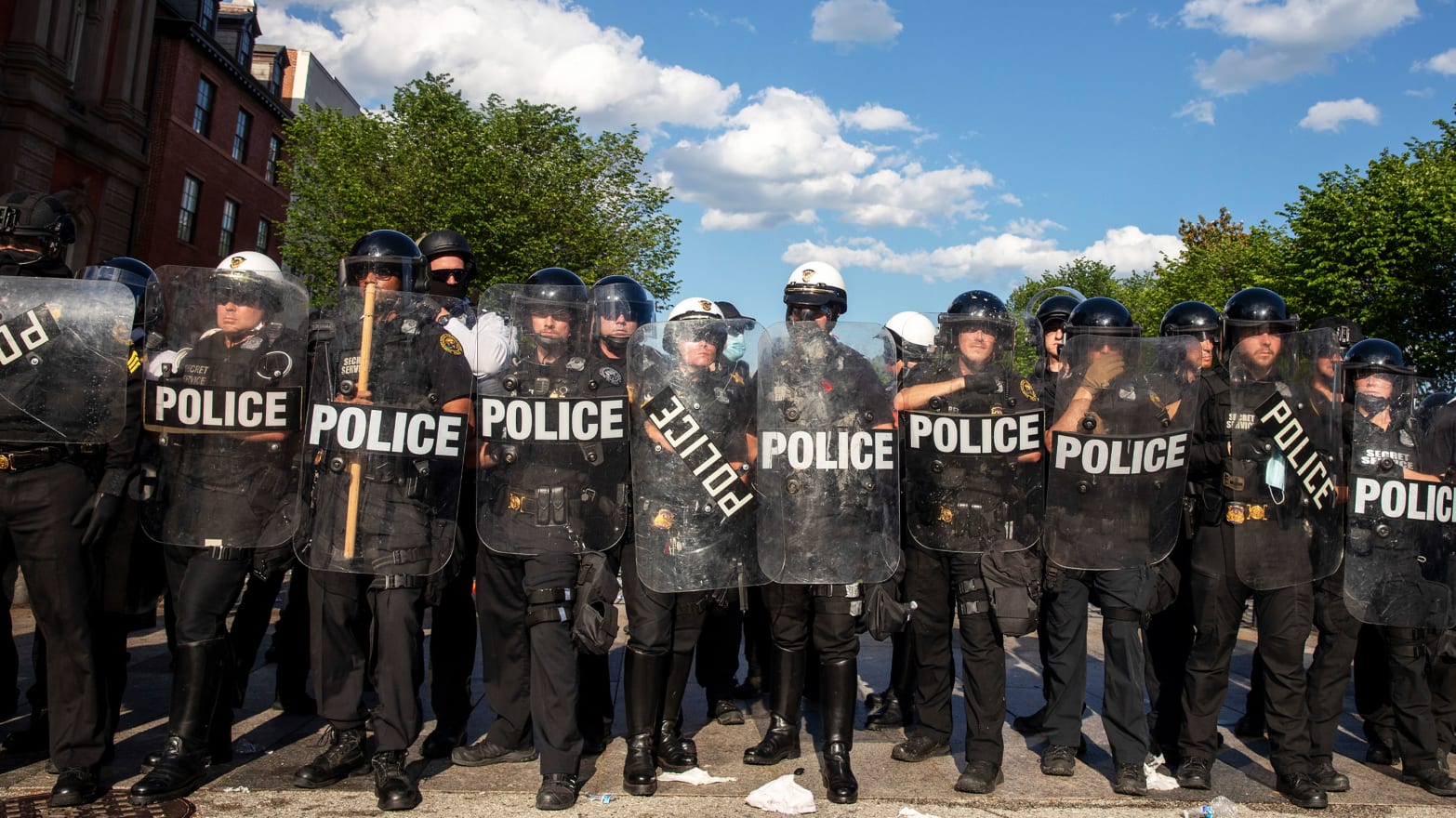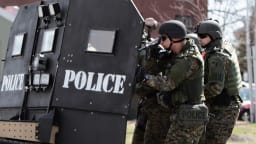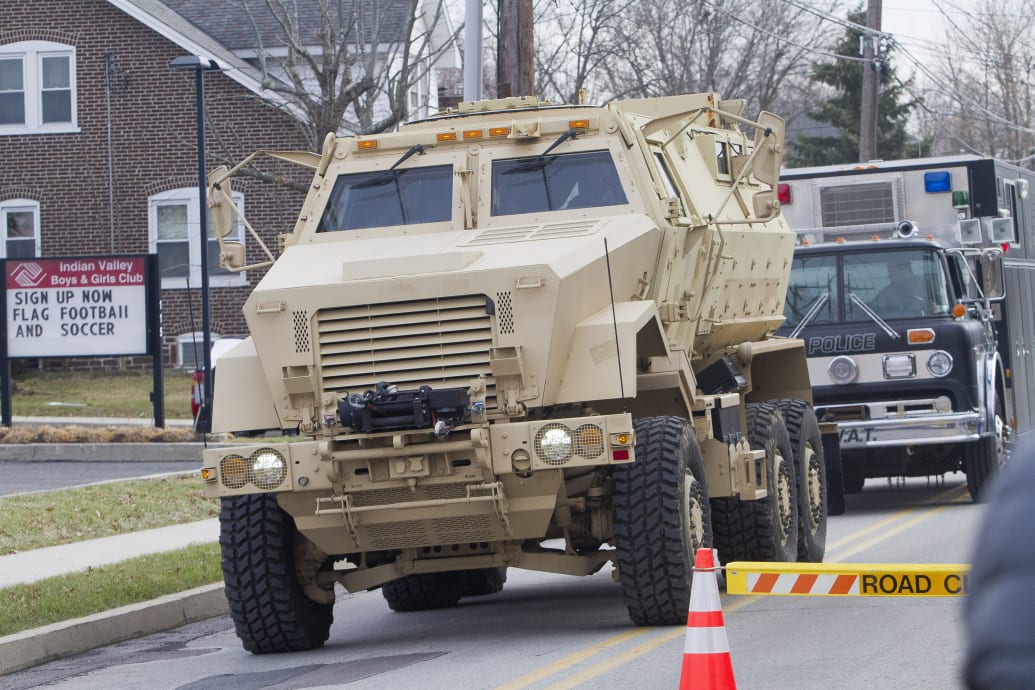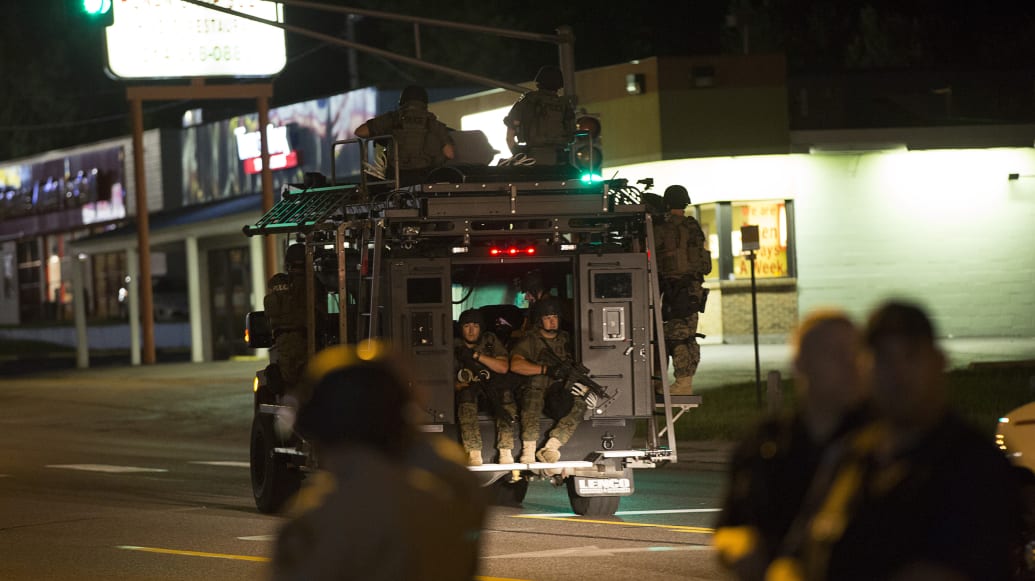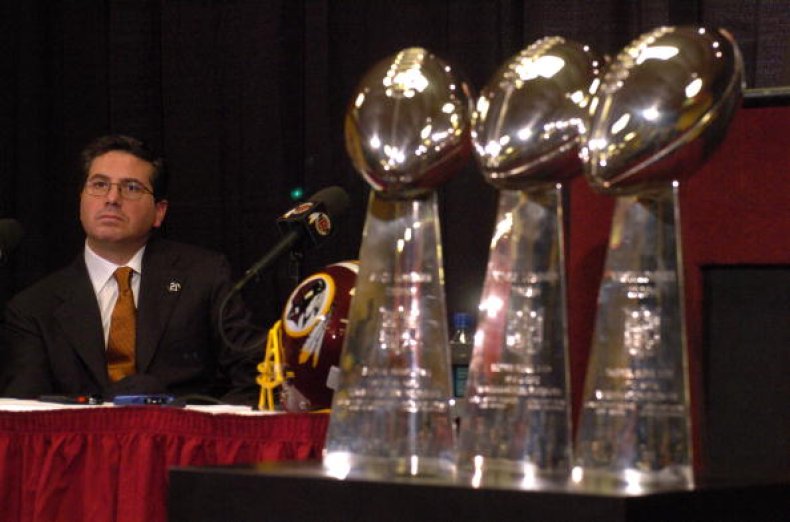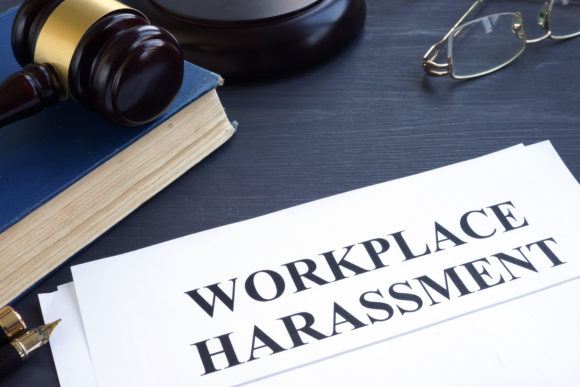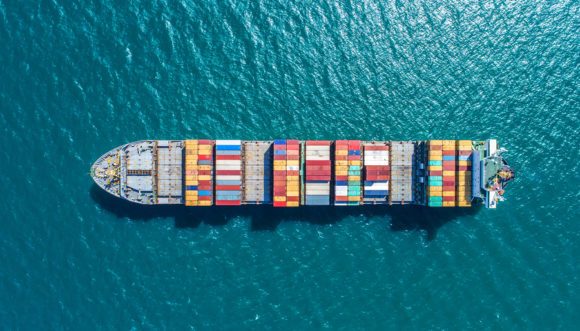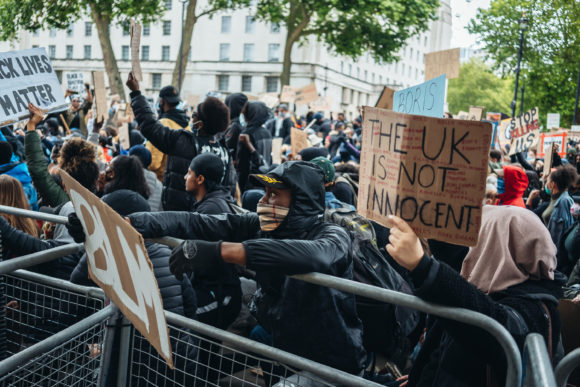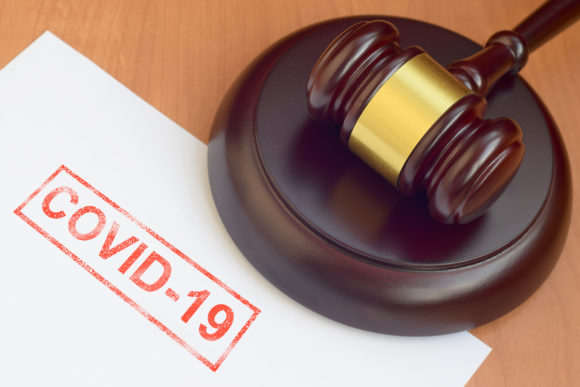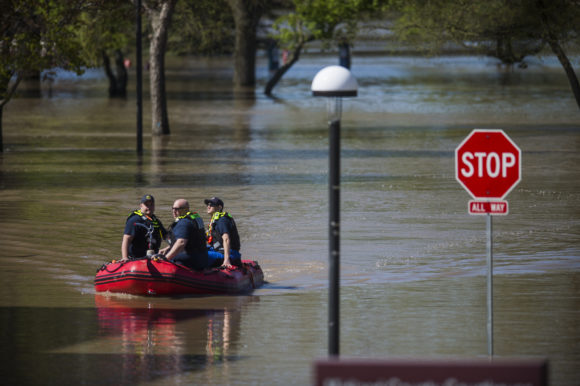World’s largest drug haul was shipped by Assad regime, not Daesh
July 6, 2020

Over 127 plastic bags filled with an addictive drug called Captagon lie ready for destruction after being seized by US and Coalition partners in Southern Syria, May 31, 2018. [US Army/ WIkipedia]
July 6, 2020
The world’s largest drug haul of amphetamine pills, which was seized by Italian police last week, has been revealed to have been packaged and shipped by Syrian businessmen tied to the regime of President Bashar Al-Assad. Earlier reports had claimed that the Daesh terror group was responsible.
The captagon amphetamine pills, with a street value worth €1 billion, were seized by Italian police on Friday last week after they received intelligence of the shipment by tracking the mobile devices of known gang members who were set to receive and distribute the drugs.
The shipment had a record number of at least 84 million pills hidden in paper cylinders within agricultural machinery. It was thought at first to have been produced, packaged and shipped by Daesh from Syria.
This story was spread by media outlets that laid responsibility on the terror group. However, it was suspected by many of being false due to the shipment coming from the port of Latakia which is fully under the control of the Syrian regime and to which Daesh has no access.
In fact, it was produced and sent by the regime itself, as businessmen affiliated with Assad own facilities within the territory under his control that are able to produce amphetamine pills. Furthermore, numerous drug smuggling operations run by the regime’s business elite have been seized several times throughout the Syrian civil war. In April, for example, a shipment was seized in Egypt on the way to Libya, and another was in Saudi Arabian when the authorities seized over 44 million of the pills.
The suspicions of Assad’s involvement were confirmed in a report by Britain’s Sunday Times yesterday, which cited an unnamed Syrian businessman with knowledge of the paper industry in which the rolls that hid the pills were produced. He revealed that the cylinder rolls were produced in a new factory within an area of Aleppo which is owned by a businessman tied to the regime.
“They said it was Isis [Daesh],” he said. “It’s so funny because logistically they can’t have access to the port and they can’t have the machines that put the drugs inside the paper rolls. It’s impossible: when I saw the photos it is impossible that you could do such a thing without having machines for paper manufacture.”
Germany’s Der Spiegel said that the pills were manufactured in a village south of Latakia, an area deep within regime-held territory.
Throughout the ongoing conflict, Syria has become a major hub for the illegal international narcotics trade. The Assad regime’s smuggling operations have been particularly active under the economic sanctions imposed by the US and EU, making them a primary source of revenue which enable the regime to continue to fund its war efforts.
